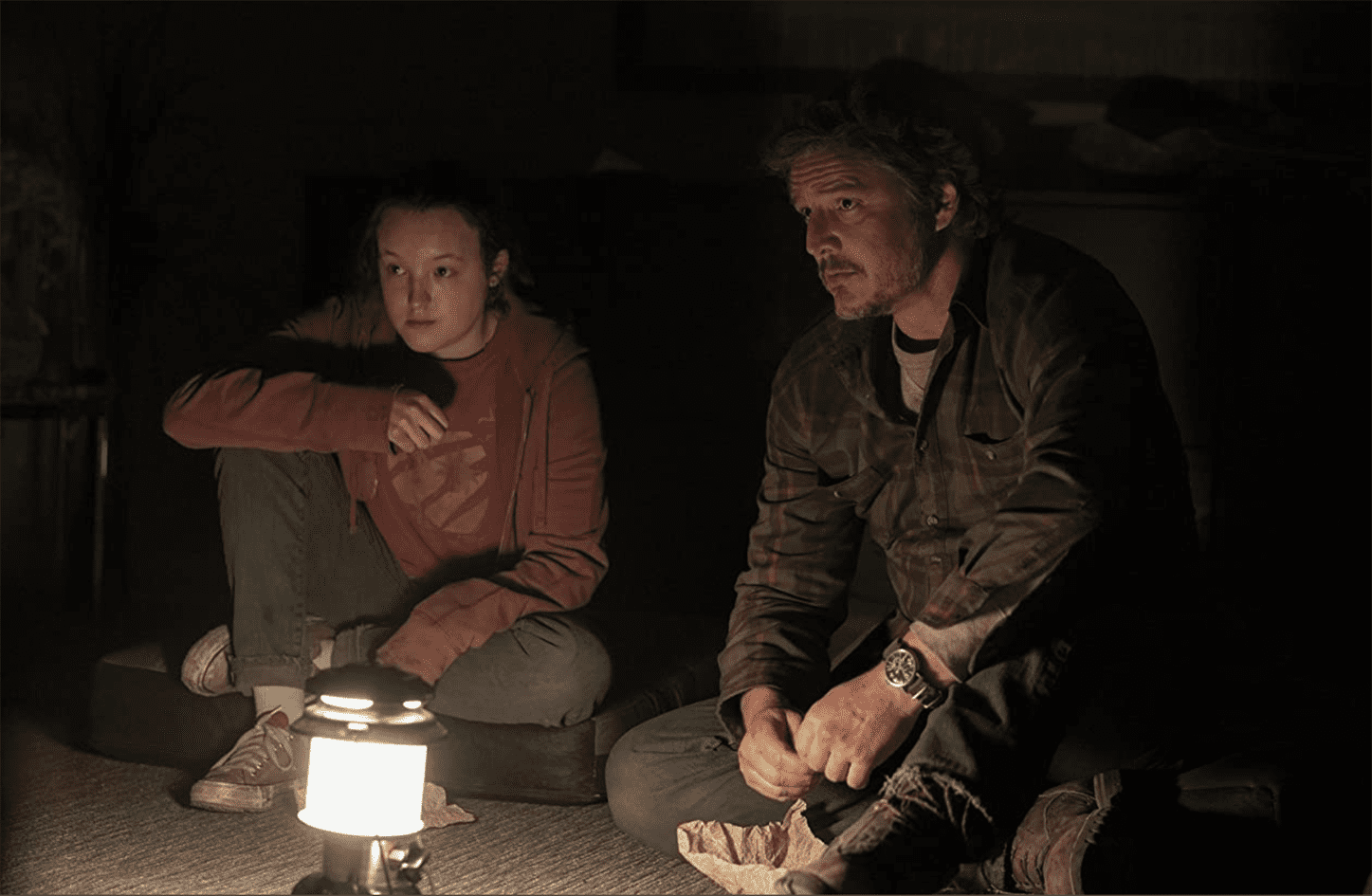Video game adaptions tend to stumble during their creative process with many outputs that disgrace their respective beloved franchises. The likes of “Resident Evil,” “Assassin’s Creed” and “Mortal Kombat,” among many others, create undeniable doubts about whether a good adaptation would ever be possible.
“The Last of Us” not only exceeds the unbearable expectation but also proudly labels itself to be one of the best shows of all time.
Adapted with the same title, the story takes place 20 years after humankind has fallen fatal to a fungal infection called Cordyceps, turning a regular individual into a decaying yet deadly monster.
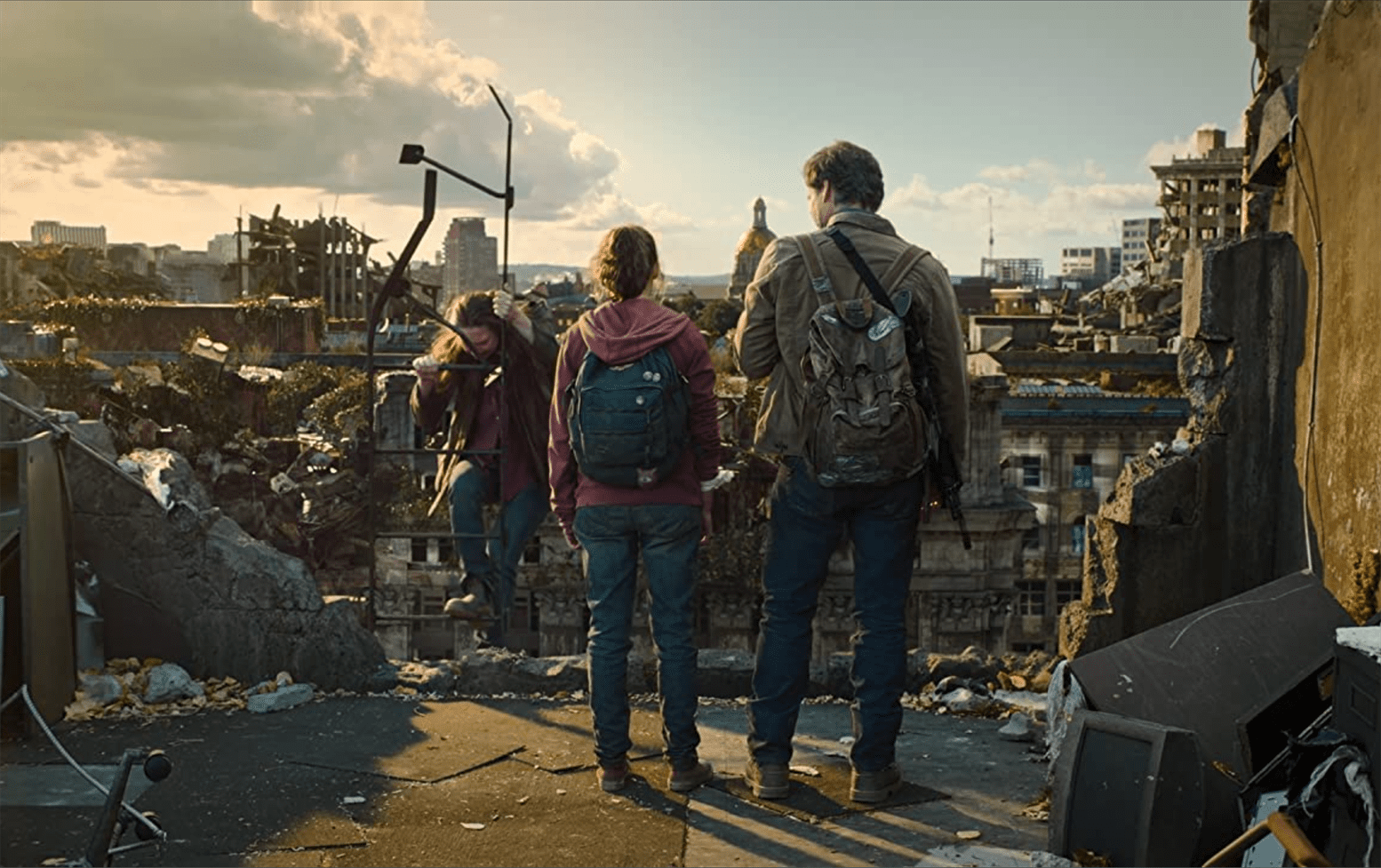
The show features breathtaking landscapes that are authentic to the source materials.
Photo courtesy of HBO
Joel Miller (Pedro Pascal), a smuggler in the Boston Quarantine Zone (QZ), embarks on a journey to search for his brother, Tommy (Gabriel Luna), with his love companion, Tess (Anna Torv). They soon cross paths with Marlene (Merle Dandridge), a leading member of the Fireflies, a freedom fighting militia group rebelling against the Federal Disaster Response Agency (FEDRA) who are one of the last remnants of the United States government. The matter gets even more complicated when Marlene asks Joel and Tess to smuggle Ellie (Bella Ramsey), whose blood carries an immunity to the infection, out of Boston in exchange for goods when they reach the drop-off destination.
The translation to the series is admirably perplexing, packed with numerous faithful details from the game, all while extending on its own foundation. The base storyline of the game is still very much embedded, but the way the narrative dives deeper into the lore of its world is jaw-dropping. Side characters that Joel encounters along the way have a more vital emphasis on the story than just another plot device for the main protagonists to grow. Their backstories contribute a core emotional layer to the series’ overall theme of hope.
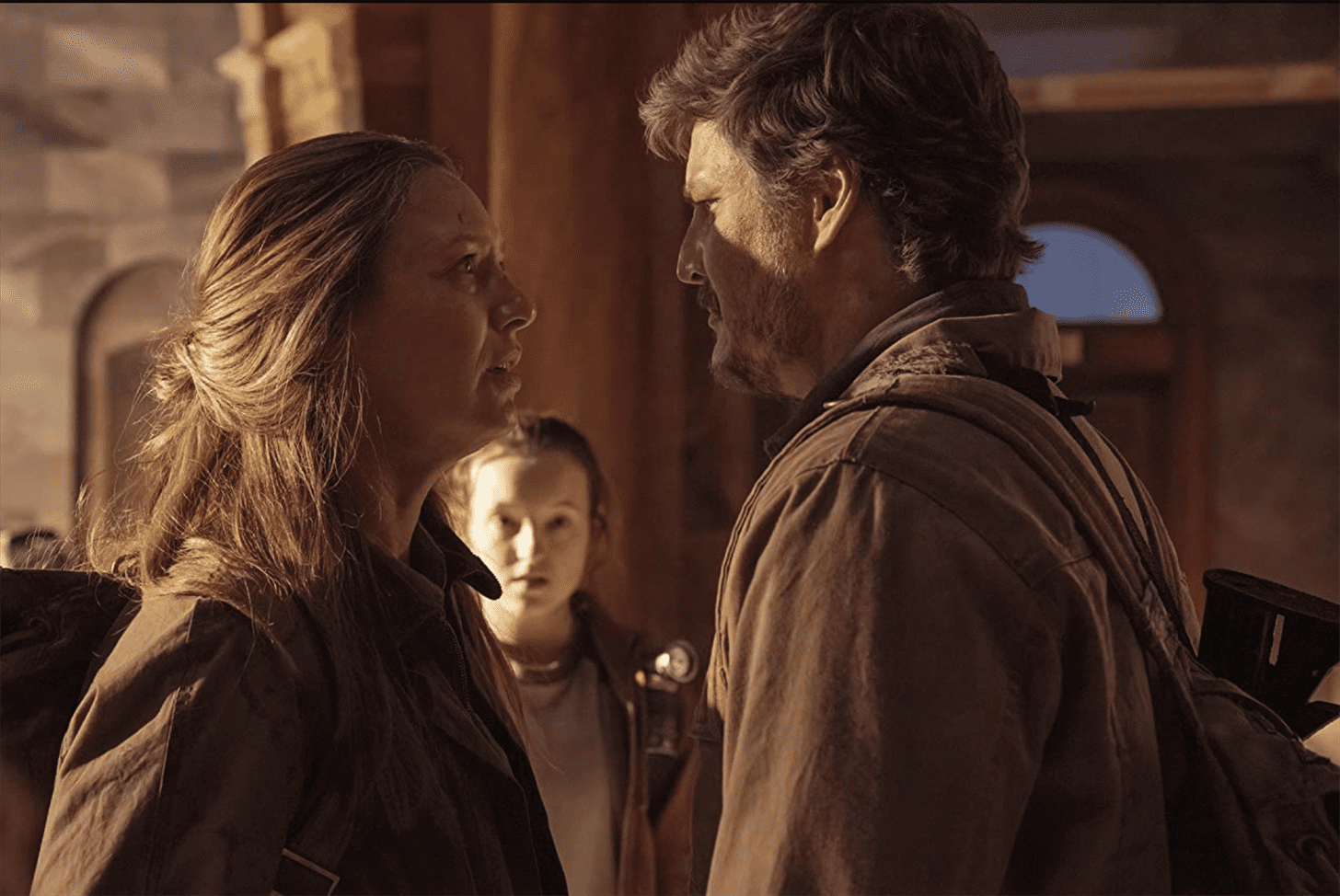
The faithful adaptation carries such powerful emotions that can be seen through its exceptional writing and superb performances. Photo courtesy of HBO
Most noticeably, Bill (Nick Offerman) and Frank (Murray Bartlett) give the most romantic and heartbreaking storyline in the whole series. Their performances, along with the tight, emotional writing, elevate the quality of the show, demonstrating there is more to extract from the base materials than just what is given. Their well-crafted story arc speaks themes of love, perseverance and hope that are woven so miraculously with the main storyline; not only does it deliver a purpose for the main characters, but it also amazingly displays that deviation from the original materials can be done right. The episode even proves itself to be one of the best written in television history.
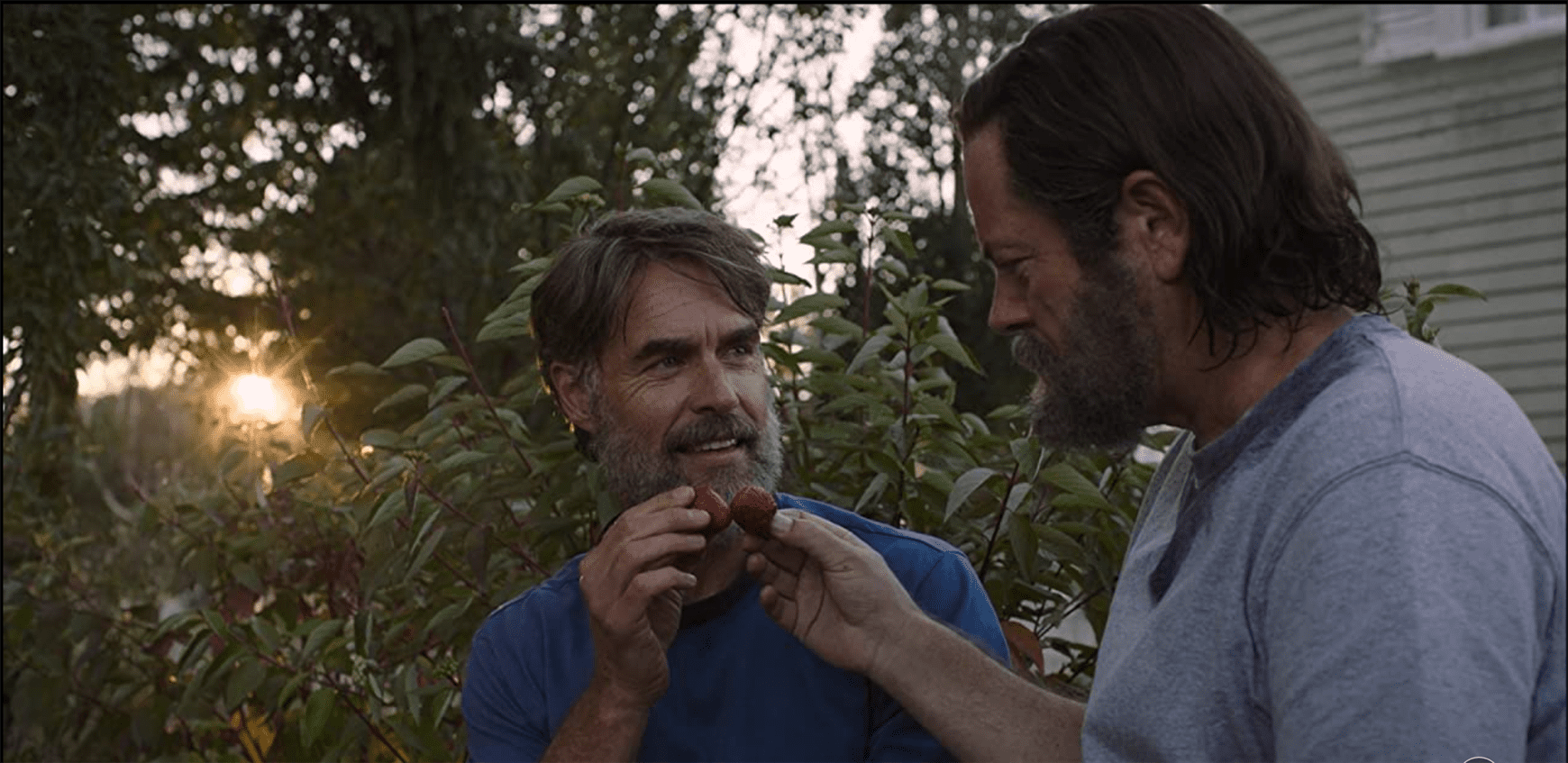
(left to right): Frank (Murray Bartlett) and Bill (Nick Offerman) heartwarmingly put the audience on a emotional rollercoaster.
Photo courtesy of HBO
Some new elements are injected into the core narrative, but they are effective and important in making the world seem lived-in and desolate, overgrown with hopelessness and ruined landscapes. The creators really devote their efforts to recreating the world from the game that makes side-by-side comparisons more honest and immersive. From set designs to micro details such as where to place a line of moss, the series really does justice to how the visuals hook in the gamers as they do it again with viewers.
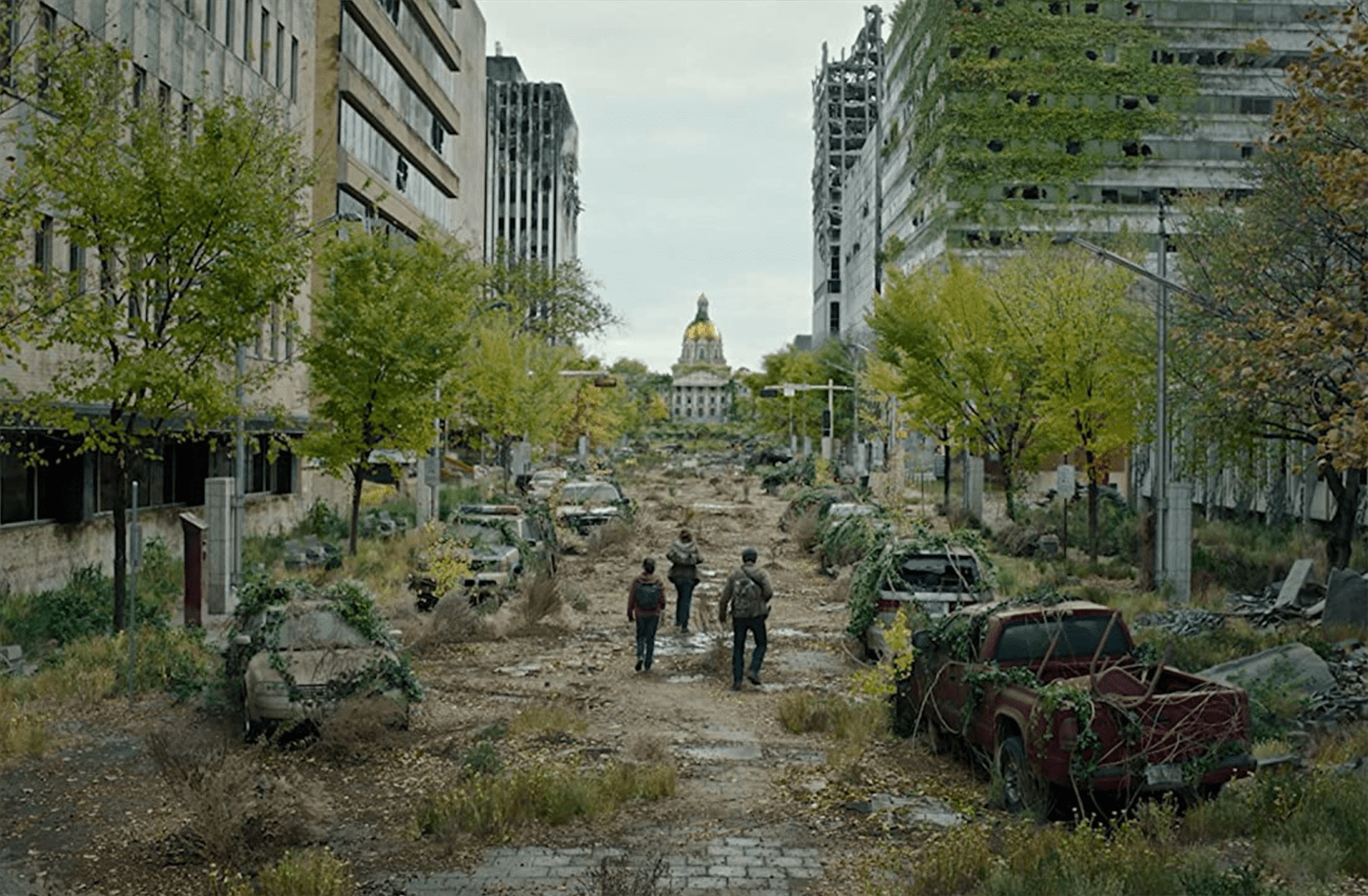
The production designs are one of the best achievements that transcend the game into a new medium.
Photo courtesy of HBO
To top it off, the infected design models should truly be lauded as they retain the authenticity of the game’s models, right down to the sound mixing components. In other words, the show really captures the accurate representation of its source materials without compromising creative limitations.
Although, the series would not be as attractive and engaging without its two leads, whose chemistry beautifully expands through each episode. Pascal really taps into his dramatic instincts to bring out a morally-conflicted character with choices that might not be good. Some of his moments are just gut-wrenching and heartbreaking as if the audience is watching someone’s personal videos. His facial expressions often release a private tension that really demonstrates the actor’s range of emotions and behaviors, surpassing the game’s character.
Ramsey, on the other hand, leads with a grander purpose as she encapsulates the complex innocence of a teenager living in a post-apocalyptic world. Her wise-cracking candor meshes extraordinarily well with Pascal’s, developing a love-hate dynamic in the story. Whenever they are on screen together, their interactions greatly fulfill the show’s ambition, not only satisfying the fan base but also producing something meaningful and inspiring.

The subtle translation from the game to the series is noble and incredible as it makes the side-by-side comparison all the more enticing.
Photo courtesy of HBO
“The Last of Us” bravely sets a new standard for video game adaptions as it crushes the curse of lackluster conversions. The collaboration between Home Box Office (HBO) and Naughty Dog is exemplarily appreciated as they stick to the core mechanics of the game while creatively branching off to keep things more entertaining and worthwhile. “The Last of Us” really dedicates itself to being the proof that a successful video game adaptation can exist with innovative creativity and zealous passion, one that will leave viewers with awe-inspiring adulation.

